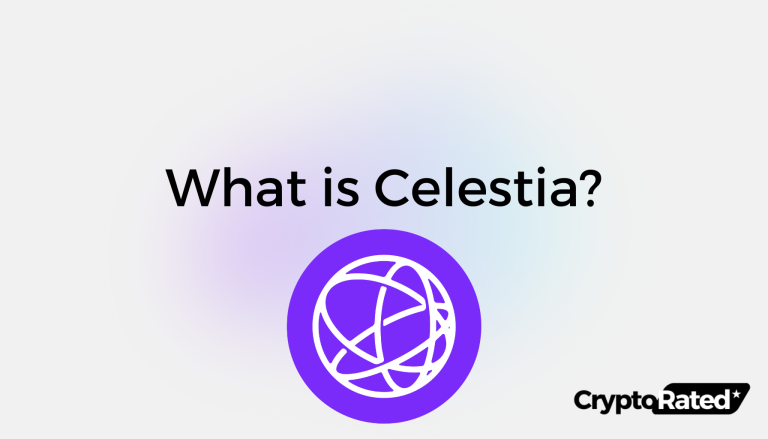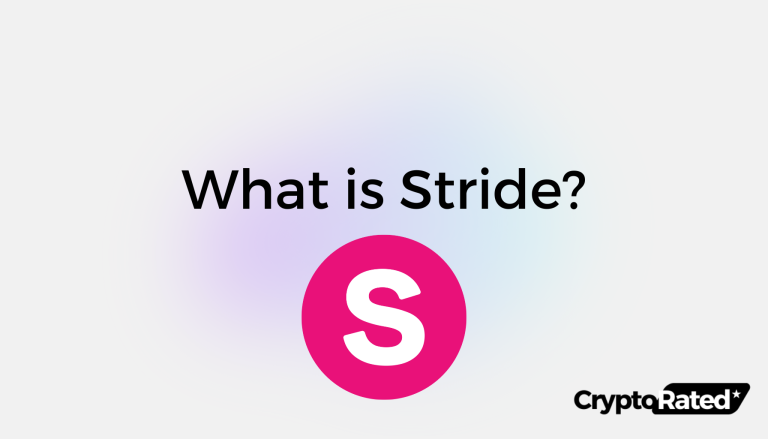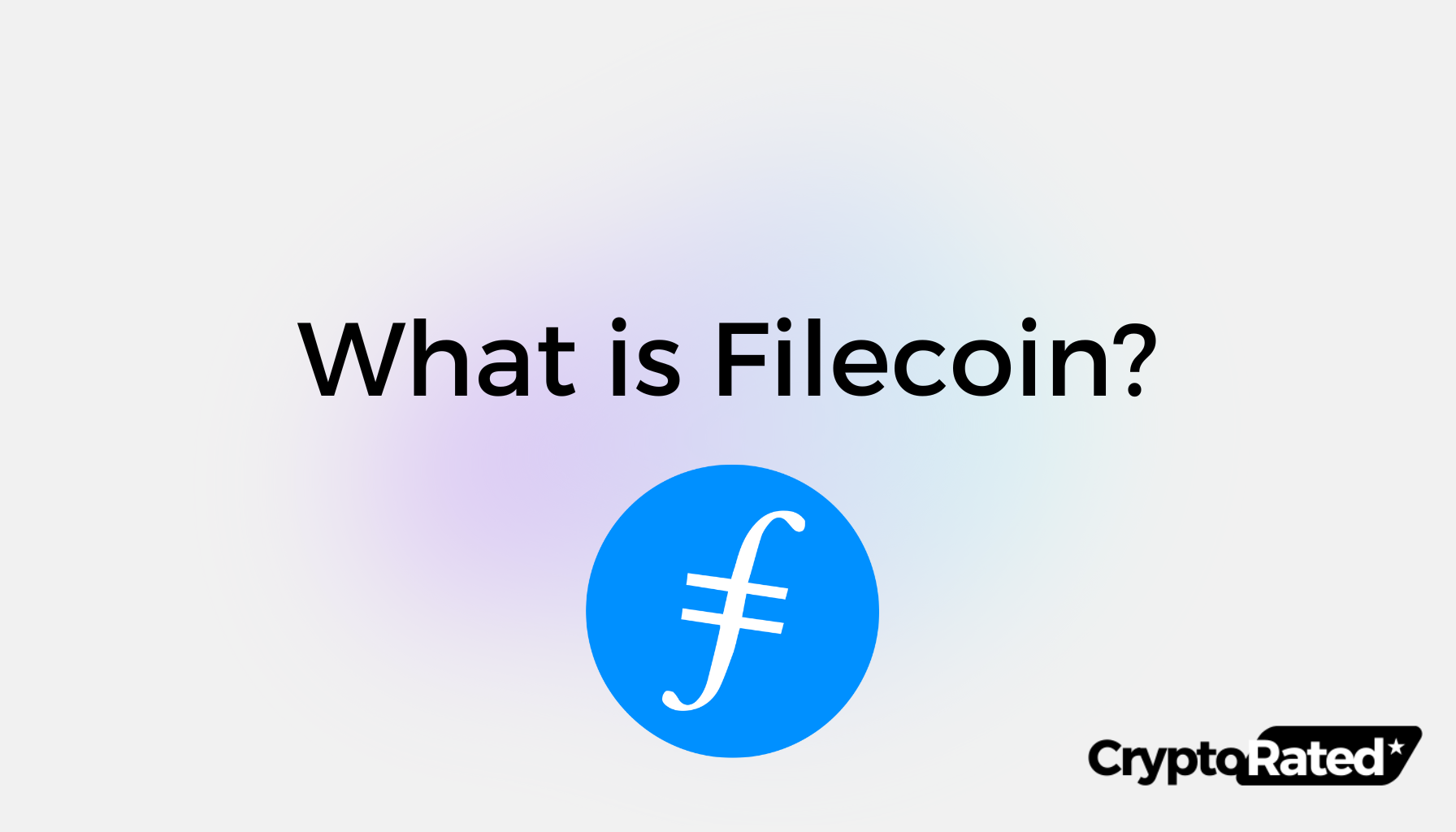
What Is Filecoin?
Filecoin (FIL) is a peer-to-peer network that enables users to store and retrieve files in a decentralized manner. It uses the Filecoin blockchain for data storage and retrieval, allowing users to rent unused hard drive space in exchange for FIL crypto. The network is designed to incentivize users to store files reliably over time, using a blockchain mechanism to register deals. With its built-in economic incentives and cryptography, Filecoin offers a secure and efficient decentralized data storage marketplace.
Key Takeaways
- Filecoin is a decentralized storage solution that allows users to rent hardware space using blockchain technology.
- Filecoin is a peer-to-peer network that enables users to store and retrieve files in a decentralized manner, using a blockchain-based cooperative digital storage and data retrieval method.
- With its built-in economic incentives and cryptography, Filecoin offers a secure and efficient decentralized data storage marketplace, protocol, and cryptocurrency.
What Is The History of Filecoin (FIL)?
Filecoin is a decentralized storage network introduced in a whitepaper published by Protocol Labs1. The brainchild of Juan Benet2, Filecoin, aims to address the limitations of centralized cloud storage services by providing a more secure, scalable, and cost-effective alternative.
The concept of decentralized storage had been around for several years, but Filecoin was the first to successfully create a working implementation. The project’s development was funded through an initial coin offering (ICO) in 2017, which raised over $200 million within 30 minutes and broke all records at the time3. These funds were used to further development and to launch the Filecoin mainnet in 2020.
The Filecoin network operates on a consensus mechanism called Proof of Storage4, which incentivizes participants to provide storage space and maintain data integrity. Users can rent storage from network participants, paying in the native Filecoin (FIL) token. Filecoin has grown rapidly since its launch, and it now has over 150,000 nodes and over 1 exabyte of data stored.
How Does Filecoin Work? How Does It Provide An Improved Storage Solution?
Filecoin is a decentralized network that enables users to rent out their unused storage space to clients who pay miners in FIL tokens to store and retrieve their data. The network creates a marketplace for storage providers to offer their storage capacity and clients to purchase storage space from miners. This is achieved through a transparent and decentralized market for storage, where clients and miners interact to negotiate storage deals via transparent pricing.
The storage market is a crucial feature of the Filecoin network, where clients can customize their contracts according to their needs, such as the duration, redundancy, and storage price.
Conversely, miners set their storage prices based on availability, reliability, and location. Through the storage market, the network matches the supply and demand for storage, creating a more efficient use of storage resources.
In addition to the storage market, the retrieval market is a secondary market for data access, where clients pay miners to retrieve their data. This market incentivizes quick and efficient data retrieval by rewarding miners who provide fast and reliable access to stored data.
To ensure that files are securely stored and retrievable across the network, Filecoin employs unique proof-of-replication (PoRep) and proof-of-spacetime (PoSt) consensus mechanisms. PoRep is cryptographic proof that a miner has replicated a client’s data, while PoSt proves that the data has been continuously stored for a specified duration. These consensus mechanisms are crucial for maintaining the integrity and availability of the stored data.
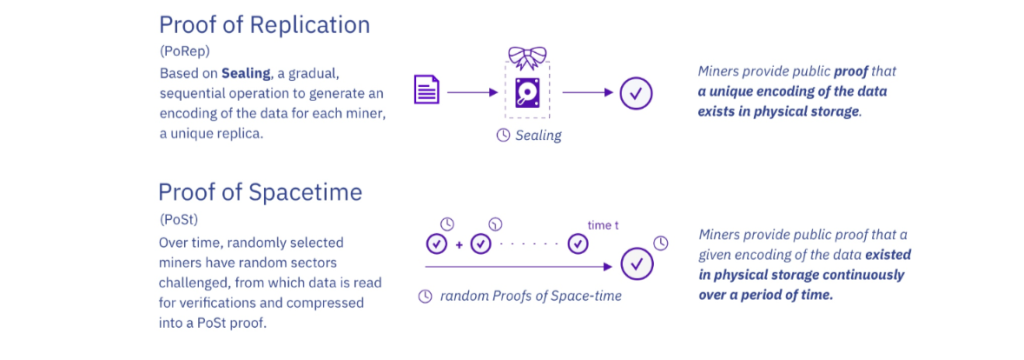
What Are Filecoin’s Key Features and Use Cases?
Filecoin is a decentralized storage network that utilizes blockchain technology to create a secure, reliable, and cost-effective alternative to traditional cloud storage solutions. Its key features include:
- Decentralization: Filecoin eliminates single points of failure by distributing storage across a vast network of independent nodes. This ensures data redundancy and resilience against outages or malicious attacks.
- Verifiable Storage with Proofs: To guarantee data integrity and prevent data tampering, Filecoin employs cryptographic proofs that can be verified on the blockchain. These proofs ensure that stored data remains consistent and unaltered.
- Cryptoeconomic Incentives: Filecoin incentivizes participants to provide storage space and maintain data integrity through a unique token economy. Miners earn Filecoin (FIL) tokens for storing and retrieving data, while users pay FIL tokens to rent storage from miners.
- Scalability: The network is designed to grow organically as more users join the ecosystem. This ensures that storage capacity remains available even as demand increases. The network’s scalability also ensures it can handle large volumes of data, making it an ideal solution for businesses and organizations requiring large amounts of storage.
What is FIL? What are the FIL tokenomics?
Filecoin (FIL) is the native cryptocurrency of the Filecoin network, a decentralized storage network powered by the blockchain. It is a utility token that serves several purposes within the network, including:
- Storage provider rewards: Miners who provide storage space and maintain data integrity on the Filecoin network are rewarded with FIL tokens.
- Data retrieval fees: Users who rent storage from miners pay FIL tokens to retrieve their data.
- Governance participation: FIL holders can participate in governance by voting on proposals that affect the future of the Filecoin network.
FIL has a total supply of 1.9 billion and a circulating supply of 477 million, according to CoinGecko5.
How Has FIL Traded In 2023, And What Are The FIL Price Predictions?
Filecoin (FIL) has gained 56% year to date, meaning it has kept pace with the broader market rally but lagged behind leading cryptos such as Bitcoin and Solana. Zooming out on the charts shows that FIL has gained over 70% in five years, but it’s actually down around 58% overall6.
You may also be interested in learning about: How Does Binance Coin Work?
Coincodex7 is extremely bullish on FIL. They expect the crypto to rally above $13 next year, which would require a 300% increase from its price point as of writing in December 2023.
Techopedia8 has forecasted consistent gains for FIL with a 2024 average price target of $5 and a high target of $12. They believe FIL could be trading above $20 as early as 2027.
These FIL price predictions do not constitute investment advice. Always do your own research before buying cryptocurrencies, and remember that the market is volatile.
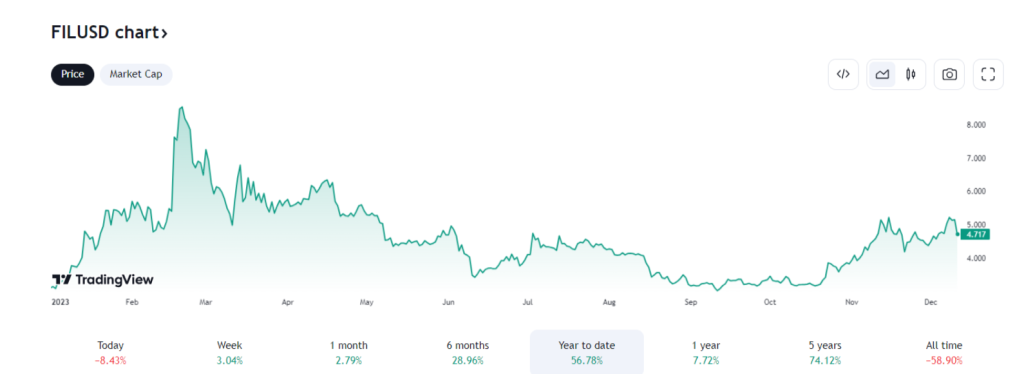
Final Thoughts On Filecoin (FIL)
Filecoin (FIL) is an ambitious attempt to disrupt the cloud storage market using a layer-1 blockchain. Filecoin has succeeded in building a data storage network that isn’t vulnerable to single point-of-failure attacks. The native FIL crypto has proven to be an effective tool for incentivizing user to add their storage to the network.
Expand Your Cryptocurrency Knowledge on CryptoRated with Our Essential Tools
- Ethereum Gas Fees Tracker
- Crypto Staking Calculator
- Total Value Locked (TVL)
- Crypto Fear & Greed Index
Frequently Asked Questions
Where can you buy Filecoin (FIL)?
Filecoin (FIL) can be traded on most major crypto exchanges, including Binance, Coinbase and Kraken.
How does Filecoin aim to revolutionize data storage solutions?
Filecoin aims to create a decentralized storage network that enables trustless storage and retrieval of data. The Filecoin protocol incentivizes users to provide storage space and bandwidth by rewarding them with Filecoin tokens. This creates a marketplace where users can buy and sell storage space, making it more affordable and accessible. The protocol also ensures that data is
How does Filecoin differ from other blockchain projects?
The Filecoin ecosystem differs from other blockchain projects in that it focuses on decentralized data storage and retrieval. While many other blockchain projects focus on decentralized finance, Filecoin is unique in its approach to data storage. The protocol is designed to be scalable, secure, and efficient, making it an ideal solution for many applications.
What are the potential future applications of Filecoin technology?
Filecoin has the potential to be used in a variety of applications, including decentralized cloud storage, content distribution networks, and archival storage. It can also be used in healthcare, finance, and media industries, where secure and reliable data storage is crucial.
WRITTEN
Peter Barker
Peter is an experienced crypto content writer and a DeFi enthusiast with more than 3+ years of experience in the space. Previously a journalist and news editor at a leading European news sourcing agency.


